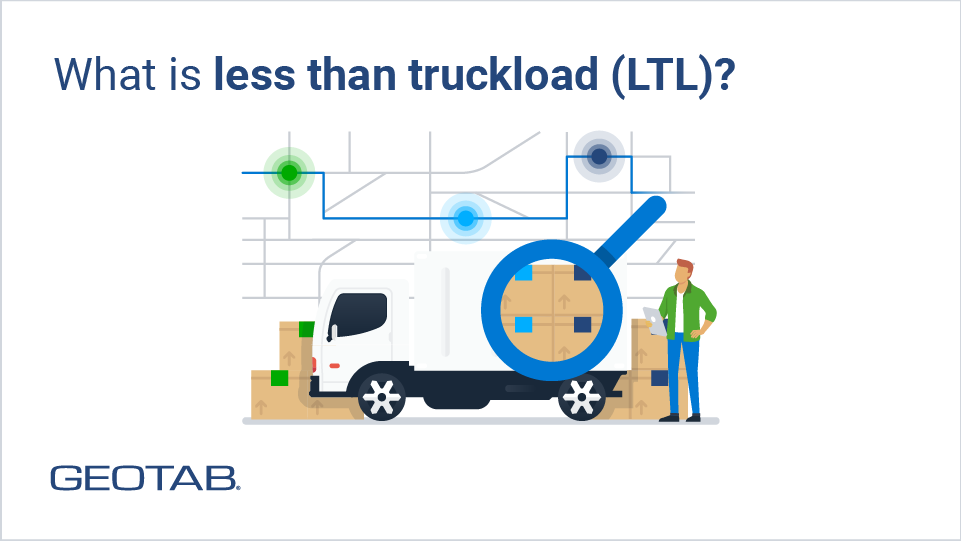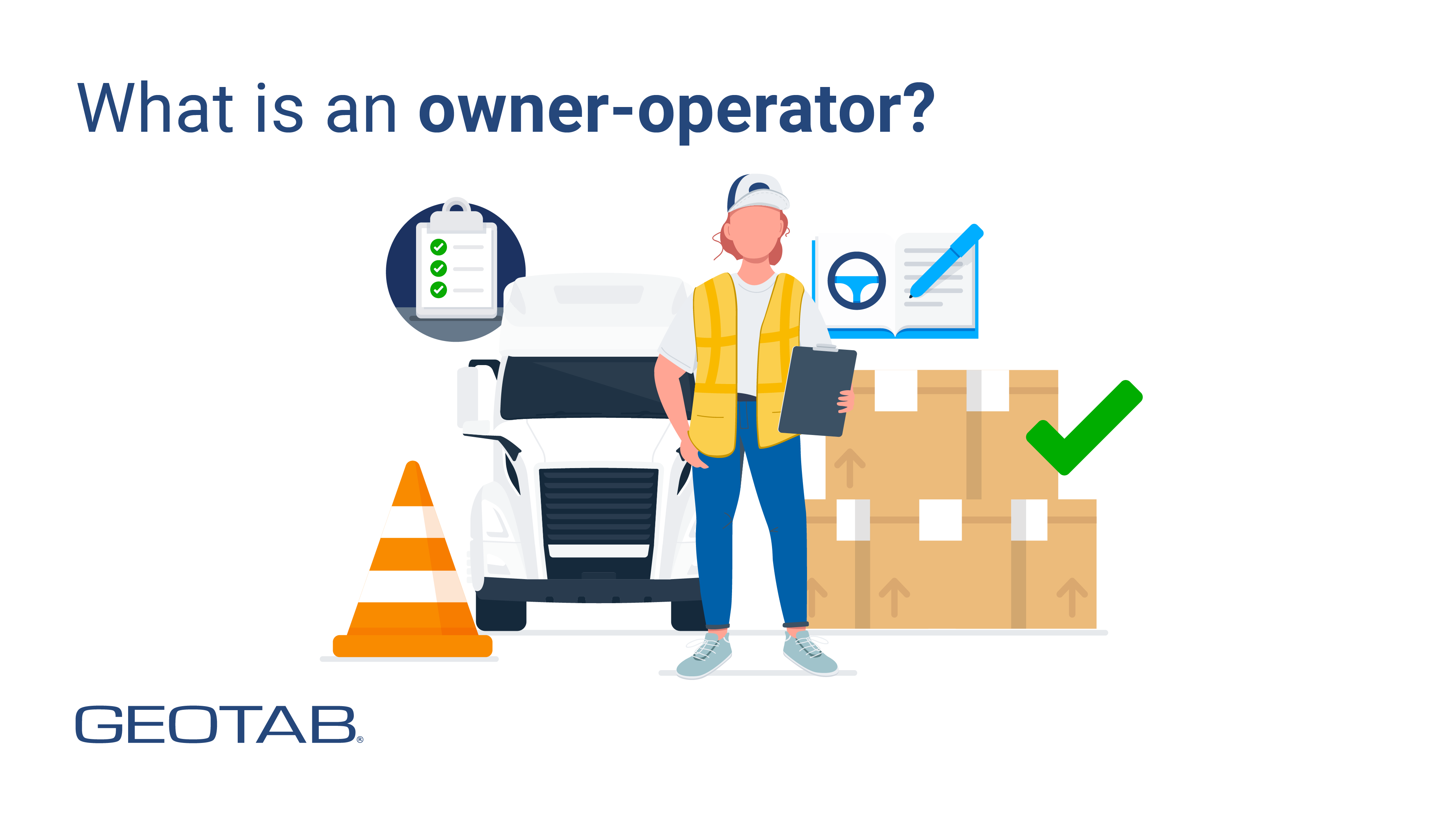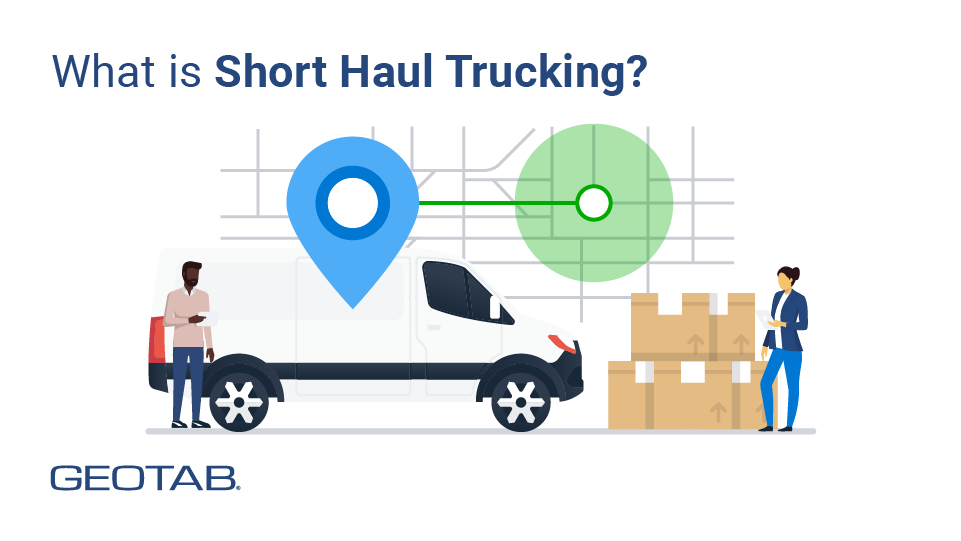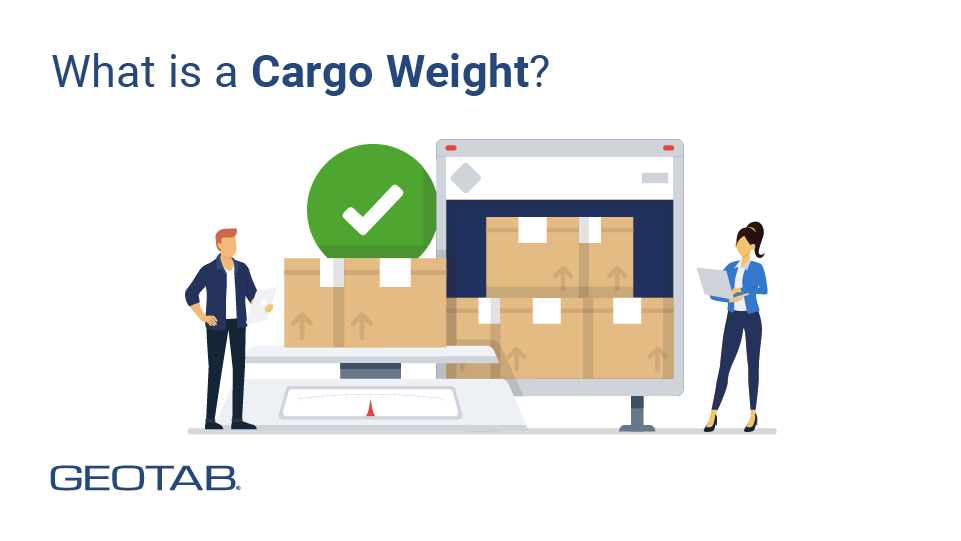What is Less-Than-Truckload (LTL)?
January 13, 2025
•3 minute read

Definition
- Less Than Truckload (LTL) shipping is a freight transportation method for shipments that do not require the full capacity of a truck or fleet vehicle.
As shippers and logistics companies look for ways to maximize the cost-efficiency of their operations, Less Than Truckload (LTL) shipping is a useful method. This glossary blog post will review the definition of LTL shipping, how LTL shipping works, and best practices for using LTL shipping to optimize operations.
What is less than truckload (LTL) shipping?
Less Than Truckload (LTL) shipping is a freight transportation method for shipments that do not require the full capacity of a truck or fleet vehicle. Instead of dedicating an entire truck to one shipment, LTL consolidates freight from multiple shippers into a single truckload. This method allows shippers and logistics companies to save on costs by sharing transportation resources while ensuring goods are delivered efficiently.
How does LTL shipping work?
LTL shipping operates by combining multiple smaller shipments from different organizations into a single truckload. Typically, LTL shipments range between 150 and 15,000 pounds and are shipped on pallets. Each shipment is assigned a freight class, which is determined by factors like weight, density, dimensions, and fragility. These factors can all affect how the LTL carrier charges shippers.
LTL carriers use a hub-and-spoke system of large distribution centers (sometimes called freight assembly centers) to route shipments efficiently across a distribution network. After collection, each LTL shipment is transported to a central terminal, sorted, and loaded onto trucks heading toward its final destination. This process often involves multiple stops and transfers, so it’s important for shippers to provide complete and accurate bills of lading (BOLs) to promote efficient and safe transit.
Pros and cons of LTL shipping
Pros:
- Cost-effective: Shippers only pay for the space their freight occupies inside the truck, making LTL shipping a good way to optimize shipping costs.
- Eco-friendly: By maximizing truck capacity, LTL shipping reduces the number of vehicles on the road and the fuel requirements of transporting freight.
- Flexibility: LTL carriers can offer a range of services like liftgate delivery, inside pickup, hazmat-certified drivers, freeze protection, and delivery notifications.
- Tracking capabilities: Because digital BOLs are scanned at each shipping touchpoint and telematics can track vehicle locations, LTL shipping provides digital visibility of where freight is at each stage of delivery.
Cons:
- Longer transit times: Consolidating freight from different shippers onto one vehicle can sometimes result in additional stops and increased delivery times.
- Potential for damage: More frequent handling and shared cargo space mean LTL shipping can increase the risk of damage to fragile goods.
- Complex pricing: Freight classes and additional fees can make the pricing of LTL shipping less straightforward than traditional shipping, so it is important to pay attention to factors affecting LTL shipping rates.
Key factors affecting LTL shipping rates
- Accurate dimensions: Since LTL freight shares cargo space with other shipments, precise shipment measurements are critical for determining rates and proper truck space allocation.
- Freight type considerations: Certain items, such as hazardous materials or perishable goods, may incur higher shipping costs due to special handling requirements like refrigeration or hazmat-certified drivers.
- Weight and density calculations: Freight density (weight divided by volume) has a significant impact on how much a single truck can safely transport. Higher density often translates to lower freight classification—and with it, lower shipping rates.
When to choose LTL shipping
LTL shipping is ideal for businesses with shipments that are too large for parcel delivery but too small to fill a full truck. For example, manufacturers who need to transport smaller batches of components or retailers and e-commerce businesses with diverse product lines that require small shipments to different locations. The frequent and reliable schedules of the best LTL carriers make it a cost-effective choice for businesses with regular, smaller shipments.
LTL shipping vs. FTL shipping
Both LTL shipping and Full Truckload (FTL) shipping have advantages and disadvantages that make them suited to different situations. Here are key factors for shippers to consider when choosing between LTL and FTL shipping:
- Shipment size: LTL is usually more efficient for smaller shipments, while FTL is better suited for large, singular loads that require an entire truck.
- Cost: LTL is generally more cost-effective for small shipments. FTL, while more expensive per unit, avoids the delays and risks of consolidated freight.
- Transit time: FTL is usually faster, as it has fewer stops from origin to destination, while LTL involves multiple stops and transfers at different distribution centers. This makes FTL ideal for time-sensitive deliveries with strict windows.
- Service needs: LTL shipping often offers additional services like liftgate deliveries, hazmat-certified drivers, and other special handling. FTL shipping is usually more simplistic.
- Risk control: FTL minimizes handling, reducing the potential for freight damage compared to LTL. In addition, because FTL only has cargo from one shipper in a truckload, it’s ideal for high-value or sensitive freight that requires additional security.
Frequently Asked Questions
Any shipment that weighs between 150 and 15,000 pounds and does not occupy the full space of a truck is an LTL shipment.
LTL is best for businesses shipping small to medium-sized loads that don’t justify the cost of full truckload shipping.
LTL is typically more cost-effective for smaller shipments, as costs are shared among multiple shippers. If a company needs to ship multiple truckloads of freight, FTL may be a better choice.
LTL costs vary based on factors like weight, dimensions, distance, and additional services required. On average, LTL shipments range from $0.15 and $0.30 per pound, with the starting rate typically calculated as a price per hundred pounds.
Other Stories

May 5, 2025
6 minute read

March 20, 2025
4 minute read

March 20, 2025
3 minute read